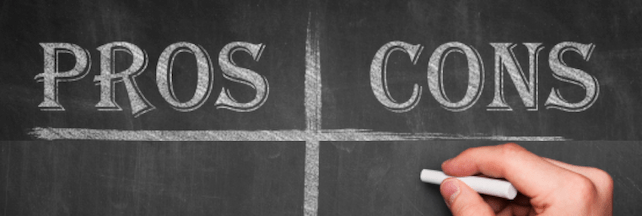What is a Business? A
business defines as an organization that provides goods and services in
exchange for money. Different companies
offer different set of goods and services i.e. Apple, they offer products such
as Iphone, Macbook, Ipad while Financial institution, they offer goods and
services like insurance policy, claims, investment etc.
An Organization should
have their core competency in a field and that is why they can make business
out of it. These so called “Core Competency” could be a specialized component that
most Organizations need in their product or services that they are expert in.
So for an Organization,
they would usually look into their processes, identify them and go into a Make-or-Buy Decision.
So what is a Make-or-Buy
Decision?? It is an act or an action to make a decision between making the
product/services in house and engaging an external party for the
goods/services. And in other words for Buy Decision, we called it as
Outsourcing.
Make-or-Buy Decision is
also normally used in different aspects i.e. the Company is developing a product or part, Major modification of a
product or part, supplier is giving a lot of trouble causing disruption, change
of demand etc.
What are the advantages to
make on our own or to buy from supplier?
‘Make’ Decision
·
It is cheaper to make
the part than buying from a third party
·
You get to control the
quality of the part, outsourcing you have no control at all.
·
You may only require a
very small amount, it is costly to outsource to a third party.
·
Very critical and
sensitive part which is company’s survival
·
Sometimes, you are
unable to find capable suppliers or unreliable ones for the jobs.
‘Buy’ Decision
·
Supplier is the
expertise in this field area than you are
·
The part may not be a
critical part for company survival and it does not align with company’s
strategic goals
·
No headache on over
stocking issue result in storage space, holding cost.
·
You do not have the
capacity to make in house
Two considerable points
that most Organizations pointed out when they make a decision to make-or-buy
are the whether they have the capacity to produce in house and cost expenses
that they will incur.
The economy is growing
every year and so does the raw materials and services. For Cost, one need to
consider more not just the present value and it should be in long term i.e. the
lifespan of the parts. This would give one a more accurate analysis when you do
a make-or-buy decision.
Below are some
considerations you need to factor in each decision:
‘Make’ Decision Analysis – inventory holding cost, overhead cost, purchasing cost, investment cost etc.
‘Buy’ Decision Analysis –
Transportation costs, Part pricing, Quality concern etc.
So should I make my part
in house or buy it from a competent supplier? How do I determine which decision
I should go with?
Look back at you company
goals and ask yourself, does it align with my company’s direction, how does the
company want to progress down the road, understand all the plan and direction
set by the Management.
Cheers!














